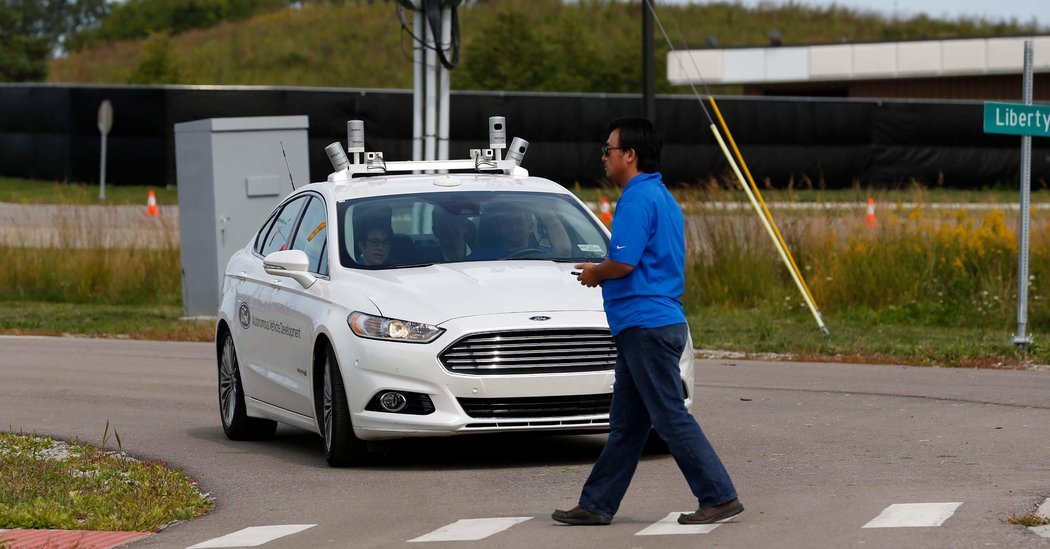At the same time, Lyft has also opened a new self-driving research facility in Palo Alto, Calif., and plans to recruit new engineering and autonomous vehicle researchers to develop its own autonomous vehicle technology.
Lyft must be careful that it does not alienate any of the large group of partners it is trying to bring to the table. Allies like Waymo, one of Google’s sister companies, which has agreed to work on self-driving technology with Lyft, could eventually become a competitor if Waymo ever decides to create its own ride-hailing network.
Some tension has already become evident. Since Lyft began its partnership push, G.M., one of Lyft’s biggest investors and partners, has started to test its own version of a ride-hailing network with some of its employees. G.M.’s self-driving efforts are largely based on the technology developed by Cruise Automation, the start-up the automaker purchased last year for more than $1 billion.
Ford, which is in the midst of a turnaround under a new chief executive, Jim Hackett, has also bet big on autonomous vehicles as part of its future. Ford pledged to invest $1 billion in Argo AI, a start-up that is developing machine learning and artificial intelligence for self-driving cars, over the next five years.
For its part, Ford does not appear concerned with Lyft’s growing web of partnerships.
“Some view the opportunity with self-driving vehicles as a race to be first,” Sherif Marakby, who leads Ford’s autonomous vehicle efforts, said in a company blog post. “We are focusing our efforts on building a service based around actual people’s needs and wants.”
By MIKE ISAAC
https://www.nytimes.com/2017/09/27/technology/lyft-ford-self-driving-cars.html
Source link



